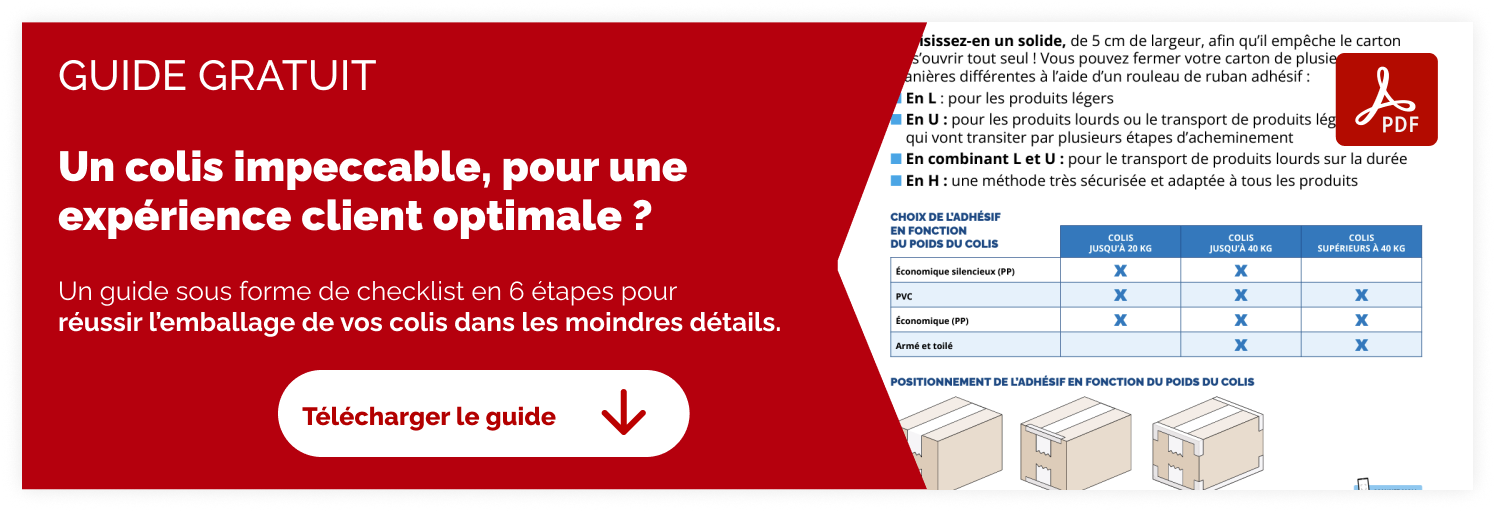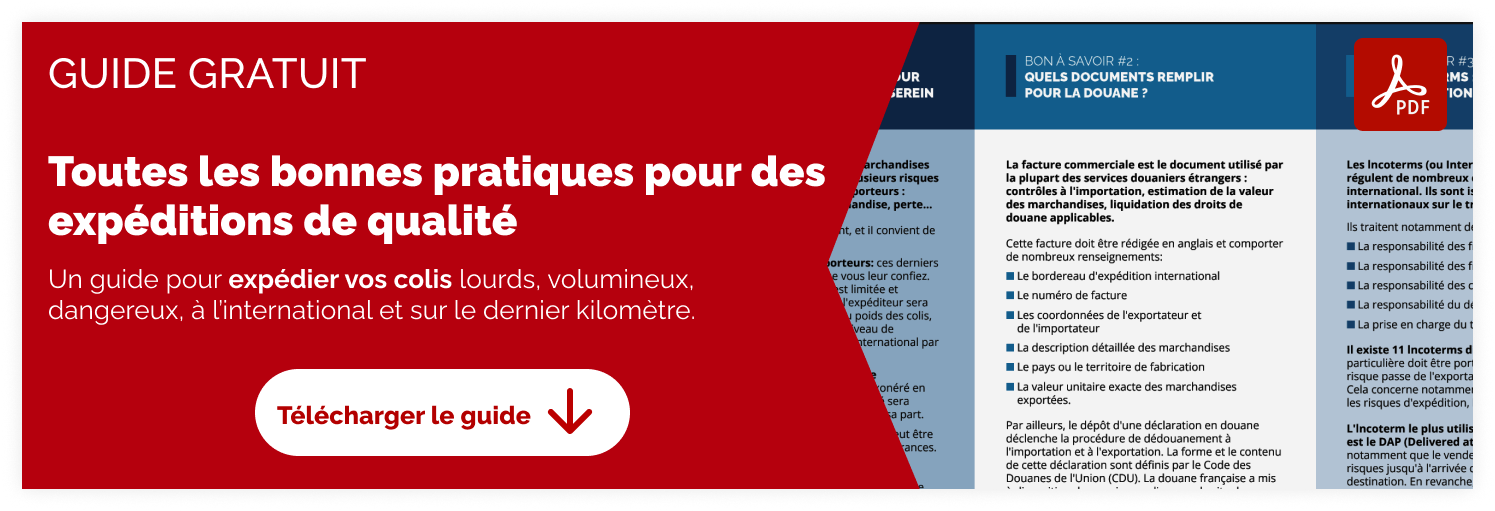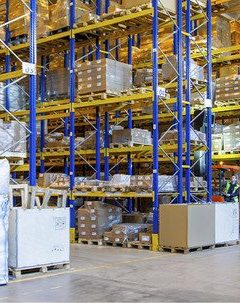Over the past few weeks, the media have been talking incessantly about customs duties – particularly those imposed by the United States. And yet, for a retailer selling his products on the Internet, this concept is both crucial to understand… but also often rather vague.
To manage your international shipments properly, you need to understand the link between e-commerce and customs, and the related regulatory obligations.
That’s why we’ve put together this guide to customs procedures for e-traders. It contains all the knowledge you need to manage your exports masterfully.
Getting started: understanding the role of customs in international trade
Customs is the first port of call for merchants (and even more so for e-merchants) selling outside their own country.
Customs’ key responsibilities are :
- Security. It combats dangerous products (non-compliant goods, counterfeit goods, banned substances) and monitors flows for health and safety reasons.
- Taxation. It collects customs duties and VAT due on imports, and combats fraud.
- Market protection. It ensures that unfair competition is avoided (by filtering out non-compliant or undervalued products), and applies quotas or bans on certain goods.
What impact does customs have on e-commerce?
Financial impact
First of all, customs have a financial impact on e-traders.
Customs duties, import VAT and customs clearance fees can considerably increase the final cost to the customer. You therefore need to factor these costs into your profitability calculations, to avoid reducing your margins or even selling at a loss.
What’s more, if you don’t plan ahead, customs duties can lead to disputes with customers – as you’ll find out below.
Finally, in the event of customs non-compliance, you run the risk of facing customs penalties or tax regulations.
The logistical impact
Logistically, the impact can be considerable. An incomplete or erroneous declaration can result in products being held up at the border, or even the return of the parcel.
Your international shipping processes are necessarily complicated by customs. Each country has its own rules, so you need to adapt the documents and procedures to suit the destination.
The administrative impact
From an administrative point of view, customs require you to provide specific documents (listed later in this article) in order to remain compliant. As the rules change regularly, you need to be constantly on the lookout for changes in the countries of your recipients to keep up to date.
Impact on the customer experience
Consumers buying online from abroad expect greater transparency from e-tailers. They want to know exactly what they are going to pay. Incorrect information about customs charges can damage customer satisfaction, or dissuade them from confirming their order.
What’s more, returns from abroad often involve additional customs formalities (and sometimes considerable costs).
In short, good customs management is as much a competitive lever as a compliance imperative. It has an impact on the profitability of your e-commerce business and its logistics organisation. It’s up to you to put the right processes in place to stay on track.
How do you classify and value your goods for customs purposes?
Managing your e-commerce customs charges properly means first of all classifying your products correctly.
Find the right HS code for your product
The HS code (for Harmonised System) is a kind of identity card for a product. This universal classification enables customs authorities around the world to identify the exact nature of a product, and to associate the rate of customs duty with it, as well as any associated restrictions or prohibitions.
This code is made up of at least six digits, and can be found on the TARIC (Integrated Tariff of the EU) or RITA database in France(douane.gouv.fr).
An incorrect code can lead to incorrect taxation, refusal of passage or a penalty. It is also this code that determines whether a product is eligible for a free trade agreement (and therefore for reduced or zero customs duties).
Determining the customs value of the product
The customs value is the basis on which customs duties and import VAT are calculated.
It is generally determined using the transaction value method. The idea is to add together the price paid or payable for the goods and the costs associated with delivery at the border (transport, insurance, packaging, any royalties, etc.). However, this value does not include costs incurred after importation (storage or final delivery to the customer, for example).
In practical terms, to sell goods for €100 to a customer in the USA, here’s how to determine the customs value of the product:
- Selling price: 100 euros
- Transport + insurance: 15 euros
- Customs value: 115 euros
- If customs duties in the United States are 10%, the buyer will have to pay €10 in duties, as well as any VAT that may apply on arrival.
How do you manage customs duties and VAT?
Focus now on the tax systems you need to manage as an importer.
Determining the customs duties for a shipment
Customs duties are taxes imposed by the customs authorities in the countries of origin and destination.
They are calculated according to the product and the country of destination, based on several criteria:
- The HS code of the product, each type of product having a different rate of duty.
- The country of origin of the goods – since some trade agreements allow for exemptions or reductions.
- The customs value of the product.
To find out these rates, you can consult databases such as the Market Access Database (for European countries).
Taking import VAT into account
In most countries, VAT (Value Added Tax) is payable on arrival of the parcel and calculated on the customs value plus any customs duties.
The VAT rate will depend on where your recipient is located:
- For European Union member countries, since July 2021, the VAT exemption for parcels worth less than €22 has been abolished. For B2C sales under €150, the IOSS (Import One Stop Shop) one-stop shop allows VAT to be collected at the time of sale, so that customers do not have to pay any charges on receipt of the product.
- Outside the EU, each country applies its own VAT. In Canada, for example, this is known as GST, and in the United States as Sales Tax. It is therefore your responsibility as an e-tailer to anticipate the trigger thresholds, rates and any registration requirements.
Best practice: enlist the help of an expert to help you understand the regulatory framework of the country to which you are exporting your products.
Understanding Incoterms
Incoterms are international rules that define who, between seller and buyer, is responsible for transport, insurance, customs formalities and taxes.
There are dozens of Incoterms – just focus on those that are particularly relevant to e-commerce:
- DAP (Delivered At Place). This Incoterms stipulates that the seller delivers the parcel to its destination, but the buyer pays duties and taxes on arrival. Warning: although widely used in e-commerce, DAP can frustrate customers, with a “nasty surprise” effect on delivery.
- DDP (Delivered Duty Paid). This implies that the seller takes responsibility for everything, including customs duties and VAT. This Incoterms is more reassuring for customers who buy online, but more complex to manage for the seller.
Best practice? Specify in your product sheets or FAQs who is responsible for international shipping costs. And don’t hesitate to compare logistics solutions that offer integrated DDP – many carriers do.
Anticipate restrictions and bans
Each country has its own customs regulations. Certain products may be banned from import or subject to specific regulations. In some cases, you will need to present specific certificates, authorisations or licences.
This may be the case for cosmetics, electronics, textiles, food supplements, alcohol and tobacco. Check the official websites of the countries to which you are exporting for this information. You should also be aware that international carriers often list country-by-country restrictions in their terms and conditions of sale.
Finally, certain countries or geographical areas are subject to economic sanctions or embargoes imposed by the UN or the EU. This means that it is illegal to export certain items to them… or even to sell anything there!
So before you start selling to a country, check the embargoes or restrictions in force on the official French and European customs websites.
To find out more, take a look at our 7 keys to successful international parcel shipping.
What customs documents do you need to manage as an e-merchant?
Paperwork is one of the challenges of shipping e-commerce abroad. Here’s how to stay customs-compliant.
The commercial invoice
The commercial invoice is the main reference for customs, both for exports and imports.
Here are the compulsory details to include on your invoices, so that they are clearly visible on your parcels:
- Seller’s and buyer’s contact details
- A detailed description of the goods (quantity, material, use)
- The value of the goods (unit and total)
- The country of origin of the products
- Customs code (HS)
- Incoterm used
- Transport and payment terms
- Tracking or order number
To find out more, find out how to manage the labels on your parcels.
The customs declaration
The customs declaration is a set of compulsory forms for parcels sent from the EU to a third country, particularly via the postal services. They enable customs to process the parcel quickly.
There are generally two types of form to be completed:
- The CN22, for parcels under €300. This is a simple self-adhesive label to be affixed to the parcel.
- The CN23, for parcels over €300. More detailed, it is often accompanied by a CP71 slip.
The EORI number
The EORI number (for Economic Operator Registration and Identification) is a unique number issued to EU companies carrying out customs operations. It is compulsory for companies wishing to export to or import from the EU.
This number identifies economic operators in their dealings with the customs authorities. You can obtain it via the douane.gouv.fr portal if you are registered in France. It takes between 48 and 72 hours to obtain it.
Specific certificates
Certain sensitive or regulated products require additional documents to cross borders.
Depending on the goods you are selling, you may need to present the following to customs:
- A certificate of origin (CO) to prove the origin of the product.
- A phytosanitary or veterinary certificate, for food, plant or animal products.
- An EC declaration of conformity, for electrical or electronic products sold in the European Union.
- An export licence or authorisation, for goods subject to restrictions.
The basic rule: check the requirements of the country of destination, as these vary widely. If in doubt, don’t hesitate to ask a freight forwarder or a customs expert to help you with your most complex product categories.
4 best practices for streamlining your international e-commerce shipments
Here are a few tips to simplify your procedures and make your international shipments more reliable.
Automate customs processes
Errors in customs declarations can lead to delays, additional costs for you or your customers, and blockages at the border.
To stay in control, consider using tools that make these formalities easier, such as :
- Fully-fledged customs management tools. These platforms can automatically generate your commercial invoices, calculate current duties and taxes, and automatically assign HS codes. These are useful if you make a lot of shipments to several different countries, or if you have a lot of product references.
- Native integrations with your e-commerce CMS (such as Shopify, PrestaShop or WooCommerce). These allow you to pre-fill in your customs documents or automatically transmit the necessary information to the carrier.
- Connectors with carriers, which allow customs documents to be transmitted when the parcel label is created.
Choosing the right carrier and customs options
Not all carriers offer the same customs services. Some will take care of the formalities for you (at an extra cost), while others will not.
Choose a carrier with expertise in international shipments, depending on your destinations and your needs: guarantees, simplified customs clearance procedures, etc.
For example, DHL Express, FedEx, UPS and Chronopost International offer an automated customs declaration, the Delivered Duty Paid (DDP) service, and detailed tracking of parcels through customs.
Compare the customs services available to you, and try out several service providers to optimise your flows according to your zones.
Clearly inform international consumers
Your foreign customers want to know what they are going to pay, when they are going to be delivered and what to expect. A nasty surprise at customs can quickly turn into a negative review on social networks!
To avoid this:
- Clearly display all the necessary information on your website: delivery costs and any customs charges. Mention whether you have chosen DDP or DAP Incoterms, and add an explanatory insert on your product pages or on the basket page.
- Highlight realistic delivery times, taking into account customs clearance, which can cause delays.
- Create a specific international returns policy. Determine what is to be paid for by whom, and the conditions of return – even in the case of non-refundable customs charges.
- Send an explanatory email after the order has been placed if there are any charges to be expected on receipt.
Choosing the right packaging for international shipments
When you ship goods internationally, your parcels are necessarily subject to more handling phases, and may remain in the hands of carriers and authorities for longer.
This last tip aims to help you limit the breakage of your items during shipment, while optimising customs clearance.
To do this, here are a few best practices:
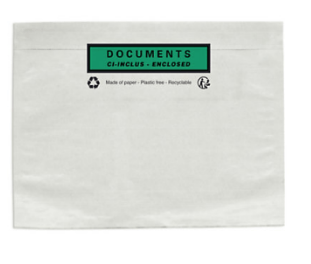 |
Display your customs documents in transparent document pouches that can withstand transport conditions (humidity, temperature changes, etc.). |
 |
Add labels to your parcels to indicate how they should be handled or how fragile they are. |
 |
Choose the right flute for your cardboard to protect your goods – particularly in relation to their weight and fragility. To find out more on this subject, visit our article on cardboard fluting. |
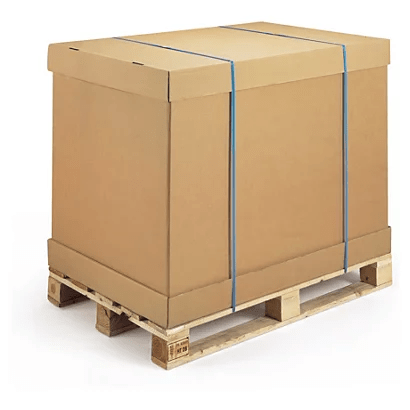 |
Add extra cushioning material to your parcels if they need extra protection. Between kraft paper, bubble wrap, packing particles, air cushioning, tissue paper… the choice is wide. Make the right choice with our guide to parcel wrapping. |
 |
For sea shipments outside the European Economic Community (EEC), choose wooden crates that comply with ISPM15 health standards. |
 |
For palletised shipments, check that your pallets are suitable for international shipments – they can be made of traditional wood or plastic. Don’t forget to add extra protection, such as a cover or container box, if necessary. |
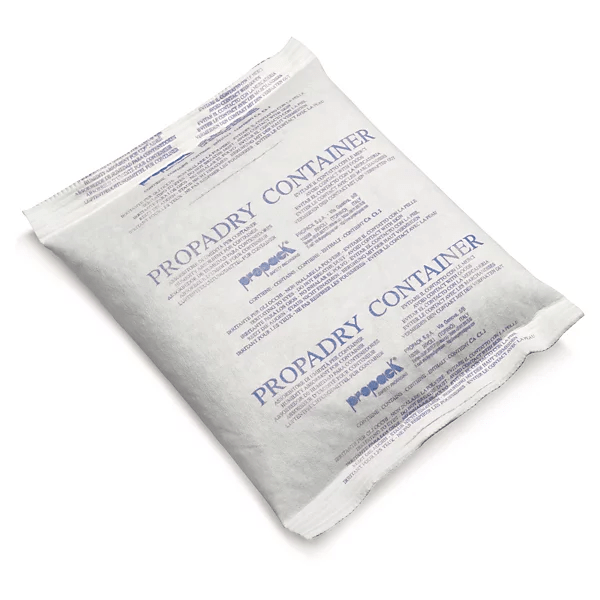 |
Protect your products from humidity with desiccant bags to slip into your parcels, or plastic bags in which to wrap your products. |
And if you want to delve deeper into the subject, take a look at the checklist for exporting goods with peace of mind.
Customs management is one of the challenges of international e-commerce. But it’s also a major growth opportunity for your Internet business! It’s up to you to master the codes to ensure optimum compliance.











